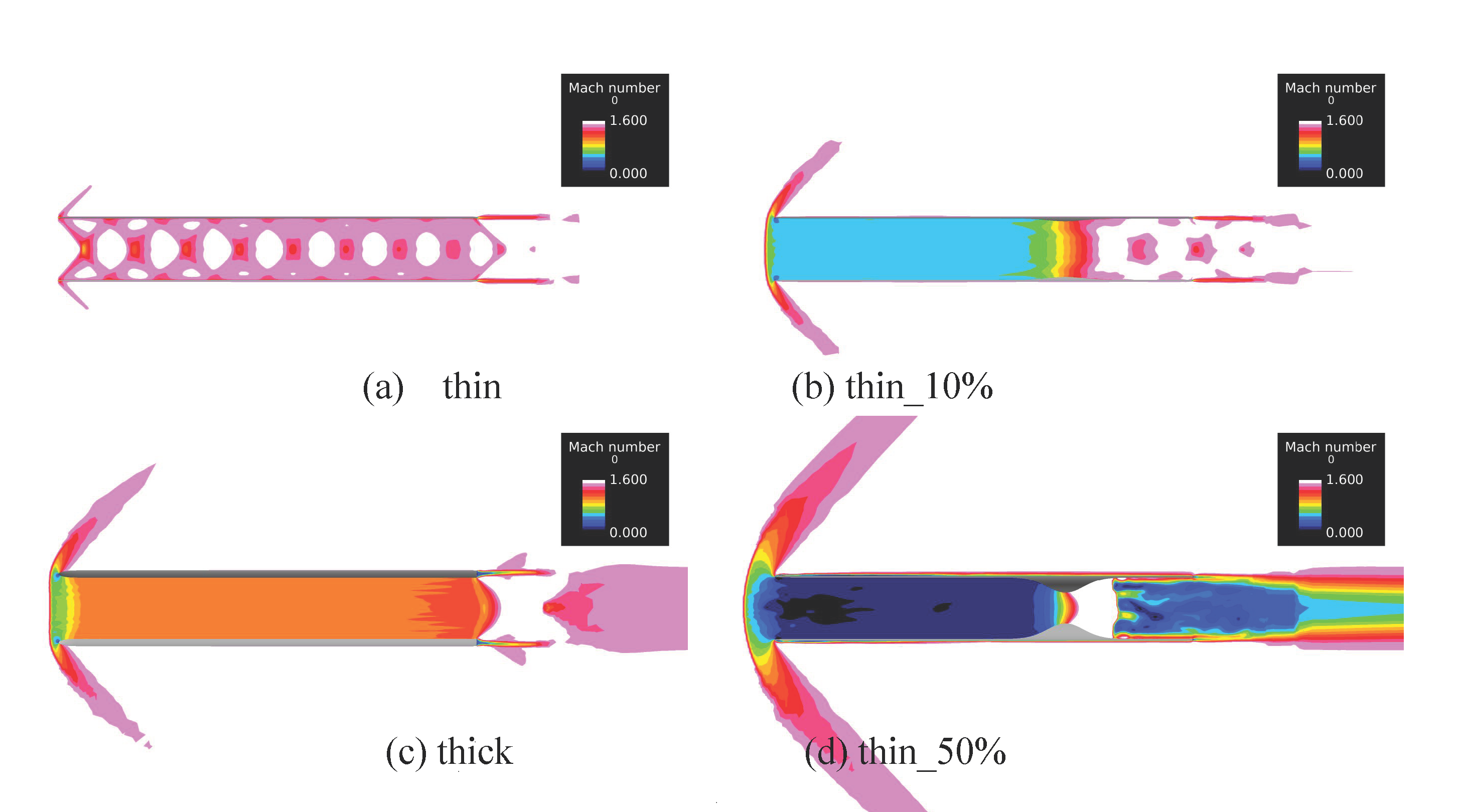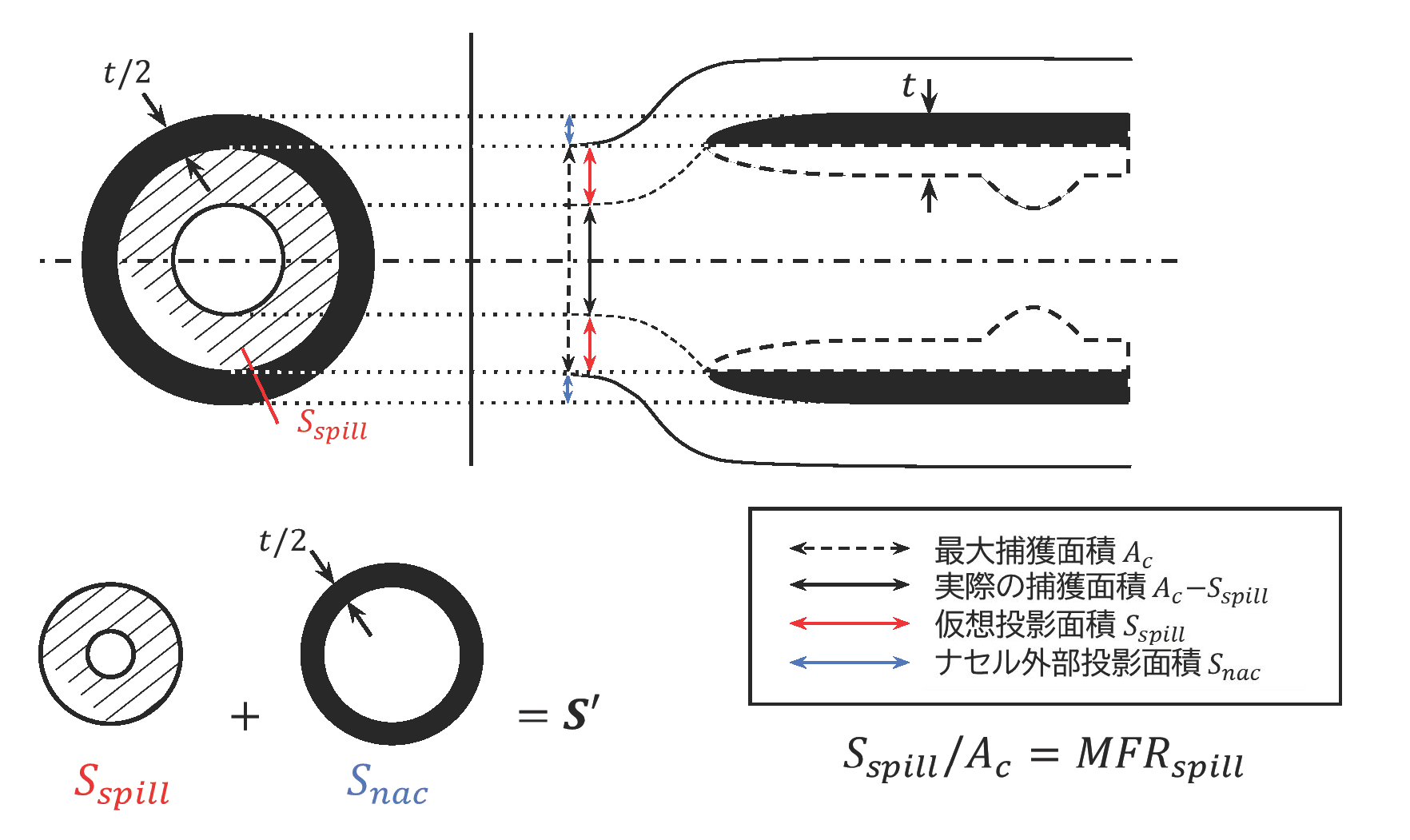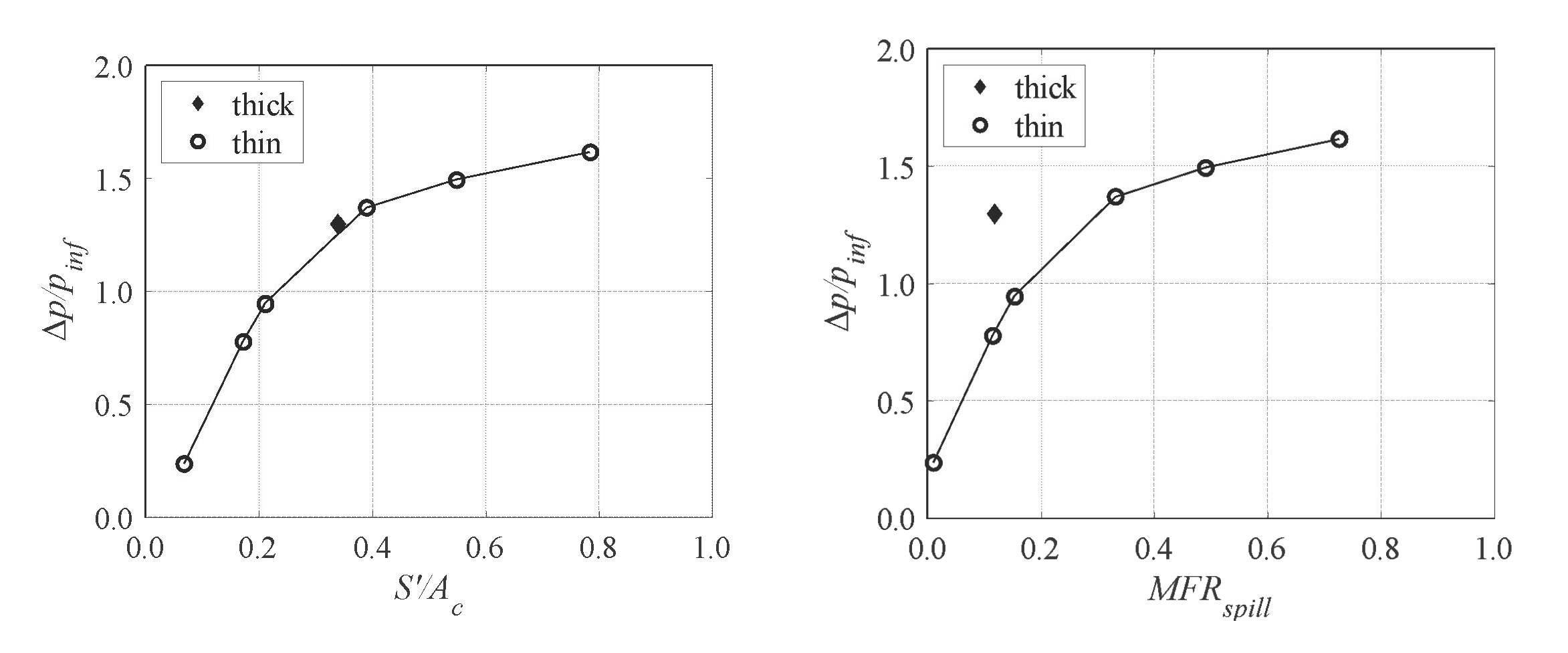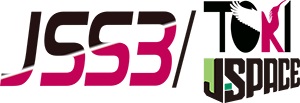Basic research for system integration of silent supersonic airplane
JAXA Supercomputer System Annual Report February 2023-January 2024
Report Number: R23ETET01
Subject Category: Skills Acquisition System
- Responsible Representative: Yoshikazu Makino, Aviation Technology Directorate, Silence Supersonic Aircraft Team
- Contact Information: Hiroaki Ishikawa(ishikawa.hiroaki2@jaxa.jp)
- Members: Yosuke Hashimoto, Hiroaki Ishikawa, Ryo Kanazawa, Kaito Shimizu, Takao Tsuchiya, Taiga Ueno
Abstract
The system integration design technologies for achieving low sonic-boom, low aerodynamic drag, low landing and take-off noise, and light weight simultaneously are the key technologies for future supersonic airplanes. JAXA is promoting the R&D for these technologies based on our experiences of demonstrating the advanced low-drag and low-boom design concepts.
Reference URL
Please refer to http://www.aero.jaxa.jp/eng/research/frontier/sst/ .
Reasons and benefits of using JAXA Supercomputer System
To achieve low sonic-boom, low aerodynamic drag, low landing and take-off noise, and light weight simultaneously, the multi-objective optimization tools are utilized in the design study. The super computer is necessary to obtain the efficient evaluation of multiple evaluation indicators.
Achievements of the Year
Propulsion system of supersonic aircraft creates strong shock waves so that it degrades the low-boom preference. It is necessary to establish an airframe/propulsion integration design concept, but the effect of spillage flow on the strength of the detached shock waves from engine nacelle is not taken account to the concept. In this study, we aim to include the effect of spillage flow from engine nacelle in the airframe/ propulsion system integration design concept. We conducted CFD analysis (FaSTAR)(Fig1)of the flow-through pitot air intake with a throat inside as to give changes in flow rate to simulate the operation condition changes of the engine. We evaluated the effect of the spillage flow and the thickness of the nacelle on the strength of the shock wave by measuring the pressure rise in front of the nacelle. As a result of the simulation for the two nacelles which has different thickness(thick and thin) of the cowl, it is confirmed that the strength of the detached shock wave in front of the nacelle is represented by the total area of frontal area where the spillage flow go through and the frontal area of the nacelle. (Fig2, Fig3)

Fig.1: CFD analysis results (a) thin without throat, (b) thin with a 10% throat, (c) thick within throat, (d) thin with a 50% throat.

Fig.2: The total area of frontal area where the spillage flow go through and the frontal area of the nacelle.

Fig.3: Relationship between total frontal area(S’)/spillage flow rate(MFRspill) and the pressure rise in front of the nacelle.
Publications
N/A
Usage of JSS
Computational Information
- Process Parallelization Methods: MPI
- Thread Parallelization Methods: Automatic Parallelization
- Number of Processes: 144 – 1536
- Elapsed Time per Case: 13 Hour(s)
JSS3 Resources Used
Fraction of Usage in Total Resources*1(%): 0.05
Details
Please refer to System Configuration of JSS3 for the system configuration and major specifications of JSS3.
| System Name | CPU Resources Used(Core x Hours) | Fraction of Usage*2(%) |
|---|---|---|
| TOKI-SORA | 408540.11 | 0.02 |
| TOKI-ST | 75799.88 | 0.08 |
| TOKI-GP | 19196.36 | 0.25 |
| TOKI-XM | 0.00 | 0.00 |
| TOKI-LM | 12496.01 | 0.95 |
| TOKI-TST | 0.00 | 0.00 |
| TOKI-TGP | 0.00 | 0.00 |
| TOKI-TLM | 0.00 | 0.00 |
| File System Name | Storage Assigned(GiB) | Fraction of Usage*2(%) |
|---|---|---|
| /home | 490.00 | 0.41 |
| /data and /data2 | 61240.00 | 0.38 |
| /ssd | 5020.00 | 0.47 |
| Archiver Name | Storage Used(TiB) | Fraction of Usage*2(%) |
|---|---|---|
| J-SPACE | 0.65 | 0.00 |
*1: Fraction of Usage in Total Resources: Weighted average of three resource types (Computing, File System, and Archiver).
*2: Fraction of Usage:Percentage of usage relative to each resource used in one year.
ISV Software Licenses Used
| ISV Software Licenses Used(Hours) | Fraction of Usage*2(%) | |
|---|---|---|
| ISV Software Licenses(Total) | 3021.03 | 1.36 |
*2: Fraction of Usage:Percentage of usage relative to each resource used in one year.
JAXA Supercomputer System Annual Report February 2023-January 2024


